
Majestic Heights: The Himalayan Mountains in India
Explore the awe-inspiring Himalayan Mountains in India, where adventure, spirituality, and nature converge in a breathtaking tapestry of beauty and wonder.
The Himalayan Mountains in India are a stunning natural wonder, offering breathtaking views and a serene atmosphere. This majestic mountain range spans five Indian states: Jammu & Kashmir, Himachal Pradesh, Uttarakhand, Sikkim, and Arunachal Pradesh. Each state offers its own unique experience, from lush green valleys to snow-capped peaks. For adventure enthusiasts, the Himalayas are a paradise. Trekking, mountaineering, and river rafting are some of the thrilling activities waiting for you. Popular trekking routes include the Roopkund Trek in Uttarakhand and the Chadar Trek in Ladakh. These treks provide an opportunity to witness the untouched beauty of the region. The Himalayas are also a spiritual haven. Many pilgrims visit sacred sites such as the Kedarnath and Badrinath Temples in Uttarakhand, and the Hemis Monastery in Ladakh. The tranquil environment and spiritual energy of these places offer a unique experience that rejuvenates the soul. The rich biodiversity of the Himalayas is another highlight. The region is home to rare species like the snow leopard, red panda, and various types of flora and fauna. Nature lovers will find the Great Himalayan National Park in Himachal Pradesh particularly captivating. Whether you are seeking adventure, spirituality, or a connection with nature, the Himalayan Mountains in India offer an unforgettable experience. The blend of natural beauty, cultural richness, and thrilling adventures makes it a must-visit destination.
Local tips in Himalayan Mountains
- Acclimate Properly: Spend a couple of days at higher altitudes to avoid altitude sickness.
- Best Time to Visit: Plan your trip between April and June or from September to November for the best weather.
- Local Guides: Hire local guides for trekking and exploring remote areas for safety and a rich experience.
- Respect Local Culture: Be mindful of customs and traditions, especially when visiting religious sites.
- Pack Wisely: Carry warm clothing, sturdy footwear, and essential medications.
Majestic Heights: The Himalayan Mountains in India
The Himalayan Mountains in India are a stunning natural wonder, offering breathtaking views and a serene atmosphere. This majestic mountain range spans five Indian states: Jammu & Kashmir, Himachal Pradesh, Uttarakhand, Sikkim, and Arunachal Pradesh. Each state offers its own unique experience, from lush green valleys to snow-capped peaks. For adventure enthusiasts, the Himalayas are a paradise. Trekking, mountaineering, and river rafting are some of the thrilling activities waiting for you. Popular trekking routes include the Roopkund Trek in Uttarakhand and the Chadar Trek in Ladakh. These treks provide an opportunity to witness the untouched beauty of the region. The Himalayas are also a spiritual haven. Many pilgrims visit sacred sites such as the Kedarnath and Badrinath Temples in Uttarakhand, and the Hemis Monastery in Ladakh. The tranquil environment and spiritual energy of these places offer a unique experience that rejuvenates the soul. The rich biodiversity of the Himalayas is another highlight. The region is home to rare species like the snow leopard, red panda, and various types of flora and fauna. Nature lovers will find the Great Himalayan National Park in Himachal Pradesh particularly captivating. Whether you are seeking adventure, spirituality, or a connection with nature, the Himalayan Mountains in India offer an unforgettable experience. The blend of natural beauty, cultural richness, and thrilling adventures makes it a must-visit destination.
When is the best time to go to Himalayan Mountains?
Iconic landmarks you can’t miss
Taj Mahal
Discover the Taj Mahal, an iconic symbol of love and architectural brilliance, nestled along the serene banks of the Yamuna River in Agra, India.
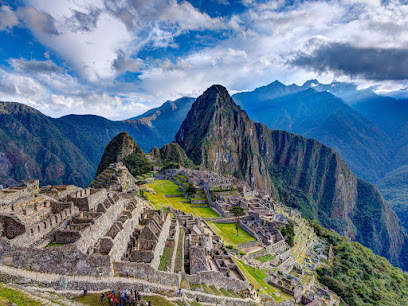
Himalayas
Explore the breathtaking beauty, rich culture, and thrilling adventures of the majestic Himalayas, the world's highest mountain range.

Himalaya Darshan
Experience breathtaking panoramic views of the Himalayas at Himalaya Darshan, a must-visit destination for nature lovers in Uttarakhand.
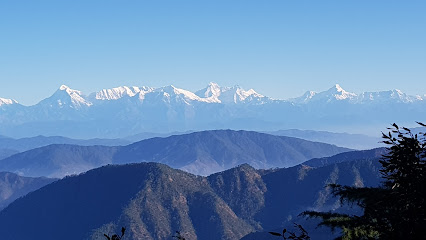
Himalayan Mountaineering Institute
Discover the Himalayan Mountaineering Institute in Darjeeling, where adventure meets education amidst stunning mountain vistas.
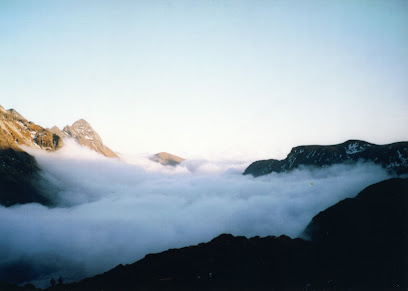
Tiger Hill, Darjeeling
Experience the breathtaking beauty of the Himalayas at Tiger Hill, Darjeeling—where sunrise paints the peaks in golden hues.
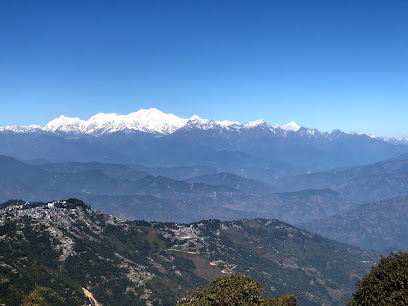
Great Himalayan National Park
Experience the breathtaking beauty and diverse wildlife of the Great Himalayan National Park, a UNESCO World Heritage Site in Himachal Pradesh, India.

HIMALAYAN View Point
Experience the stunning Himalayan vistas at this breathtaking viewpoint in Nainital, a perfect escape for nature lovers and photography enthusiasts.
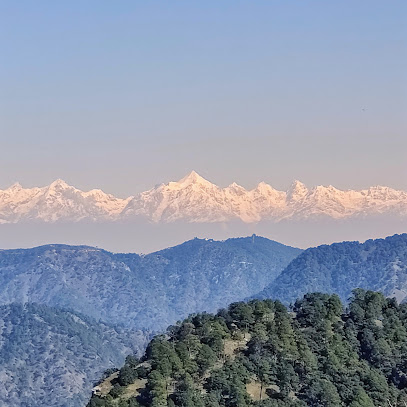
Lesser Himalaya
Explore the breathtaking landscapes of the Lesser Himalaya in Uttarakhand, a serene destination for trekking, nature lovers, and cultural experiences.
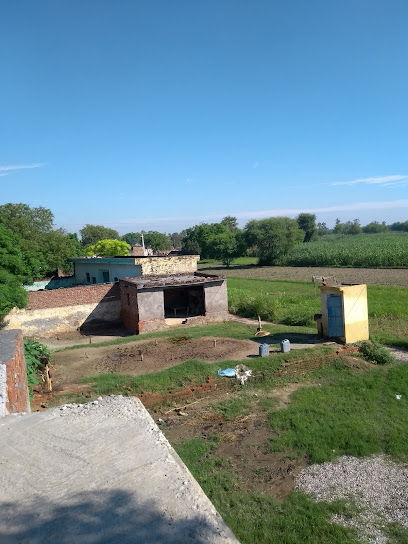
Unmissable attractions to see
Himalaya Darshan
Experience the majestic beauty of the Himalayas at Himalaya Darshan, a premier viewpoint offering stunning vistas and serene nature walks.
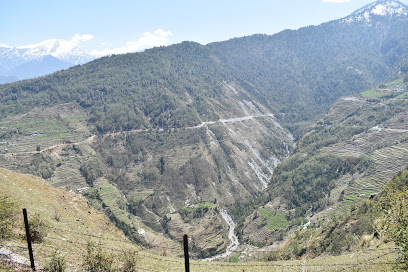
Himalayan Mountaineering Institute
Discover the Himalayan Mountaineering Institute, where adventure meets history amidst the breathtaking backdrop of Darjeeling's mountains.
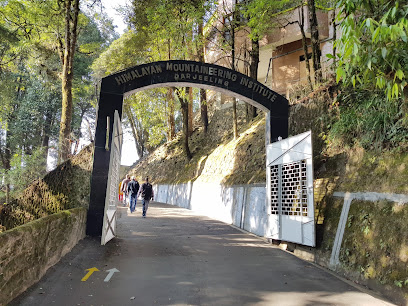
Tabo Monastery
Experience the ancient charm and spiritual tranquility of Tabo Monastery, a UNESCO World Heritage Site in the heart of Spiti Valley, Himachal Pradesh.
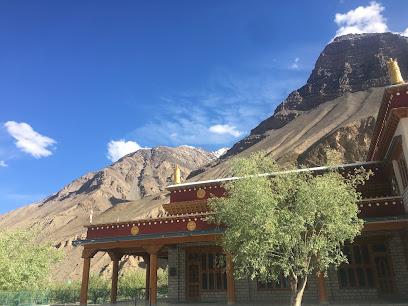
Great Himalayan National Park
Explore the breathtaking beauty and diverse wildlife of the Great Himalayan National Park, a UNESCO World Heritage Site in Himachal Pradesh.

Kalika Bhagwati Temple, Nepal
Experience the tranquility and rich cultural heritage at Kalika Bhagwati Temple, a must-visit Hindu sanctuary in the heart of Baglung, Nepal.
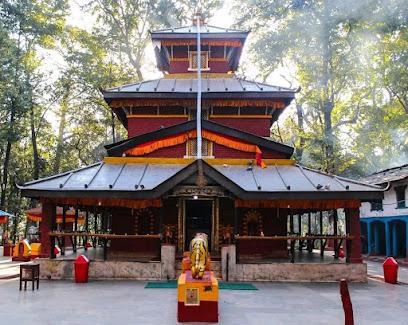
Naina Peak West
Explore the breathtaking views and invigorating trails of Naina Peak in Nainital, a perfect destination for nature lovers and adventure seekers.
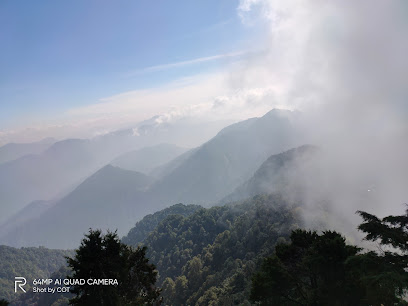
HIMALAYAN View Point
Discover the stunning Himalayan View Point in Nainital, where breathtaking mountain vistas create an unforgettable travel experience.
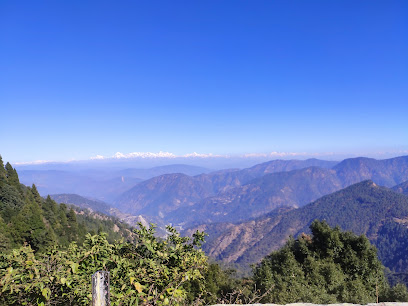
Himalayan Tibet Museum
Discover the vibrant Tibetan culture and history at the Himalayan Tibet Museum, a treasure trove of art and heritage in Darjeeling.
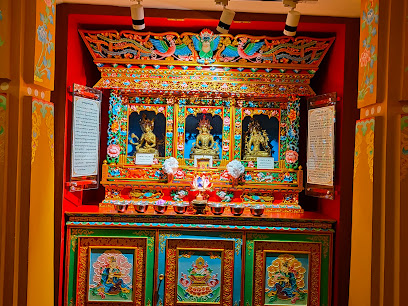
SOHAM Himalayan Centre
Explore the cultural richness of the Himalayas at SOHAM Himalayan Centre, a captivating museum in Mussoorie showcasing unique artifacts and art.
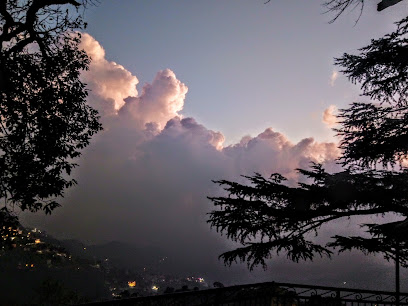
Himalayas mountains(snow) view point
Experience the breathtaking beauty of the Himalayas at this stunning viewpoint in Uttarakhand, perfect for nature lovers and photographers.
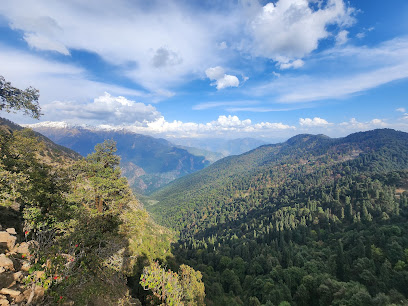
BrahmaTal Trek
Embark on an unforgettable journey through the stunning landscapes of BrahmaTal Trek, a true paradise for hikers and nature enthusiasts in Uttarakhand.
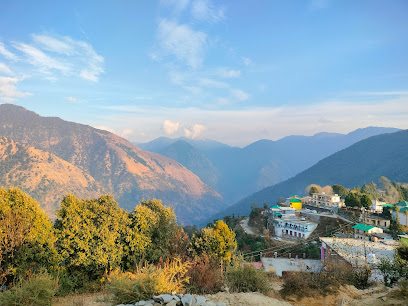
Kailash Mountain View Point
Experience the breathtaking beauty of the Himalayas at Kailash Mountain View Point in Lete, Nepal, a must-see destination for nature lovers and adventurers.
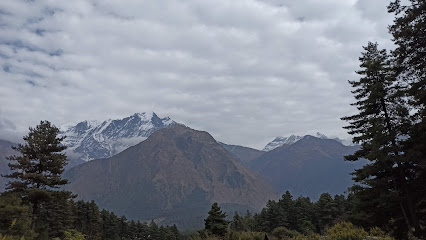
Himalaya View Point
Discover the breathtaking beauty of the Himalayas at the stunning Himalaya View Point in Uttarakhand, where every sunrise and sunset is a visual masterpiece.
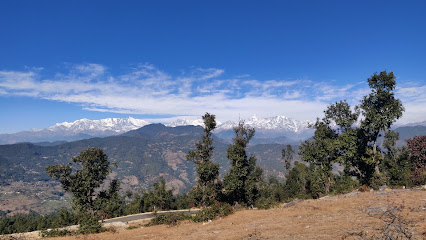
Essential places to dine
THE HIMALAYAN ROOFTOP by namlang
Experience authentic Himalayan flavors at The Himalayan Rooftop, where delicious cuisine meets breathtaking views in Delhi's vibrant Majnu-ka-tilla.
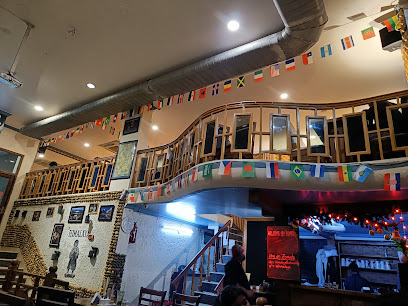
Himalayan view point restaurant and home stay
Discover culinary delights at Himalayan View Point Restaurant while enjoying breathtaking mountain vistas in Sikkim's serene landscape.
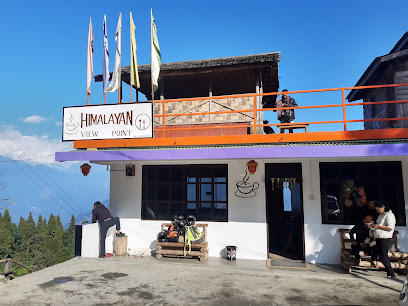
Himalaya Valley Restaurant, Kausani
Experience exquisite Himalayan flavors at Himalaya Valley Restaurant, offering organic dishes and stunning mountain views in Kausani.
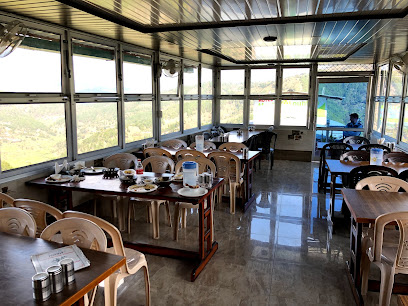
The Himalayan Hippies Cafe, Art, and Homestay
Experience tranquility at The Himalayan Hippies Cafe - a perfect blend of art, cuisine, and homely comfort amidst breathtaking mountain views.
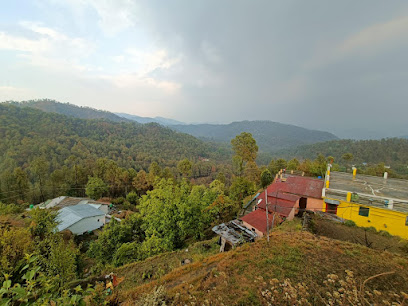
हिलांस रेस्टोरेंट Hilans Restaurent
Experience authentic Himalayan flavors at Hilans Restaurant in Uttarakhand's breathtaking Bhinlgana Range.
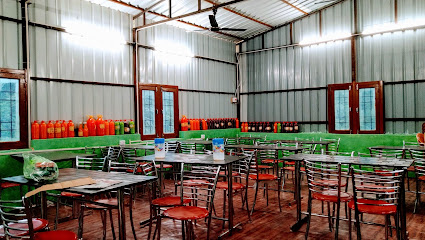
The Himalayan Bistro
Experience authentic Himalayan flavors at The Himalayan Bistro in Munsyari - where every meal is paired with breathtaking mountain views.
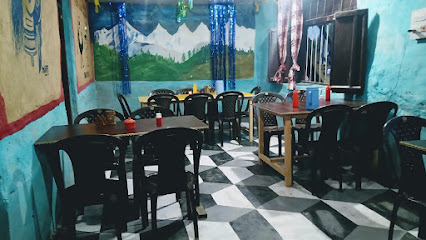
Rise Himalaya restaurant
Experience authentic Indian flavors at Rise Himalaya Restaurant while enjoying breathtaking views of the Kempty Range in Dhanolti.
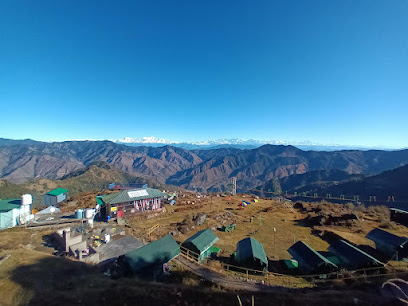
Himalayan Cafe and Restaurant
Discover authentic Himalayan flavors at Himalayan Cafe and Restaurant in Uttarakhand - where every meal is a journey through taste.
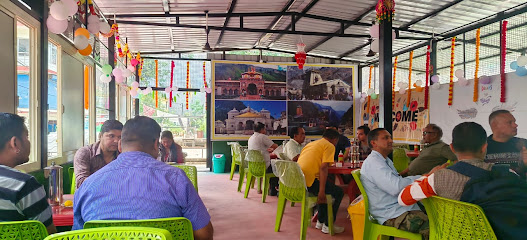
Himalaya Hills Heights
Discover authentic Himalayan cuisine at Himalaya Hills Heights, where breathtaking views meet exquisite flavors in Uttarakhand.
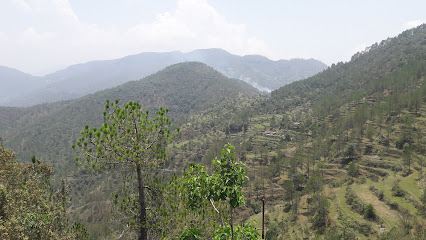
Pine And Himalaya The Good Food Restaurant
Experience authentic Indian flavors at Pine And Himalaya Restaurant in Uttarakhand's breathtaking mountains—perfect for families and food lovers.
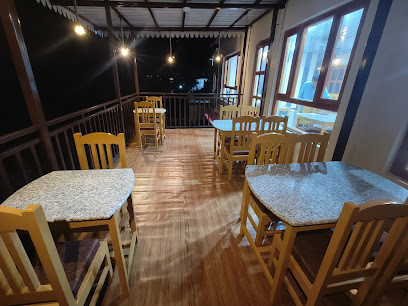
The Himalayan cafe Shyamlatal
Experience authentic Himalayan cuisine at The Himalayan Cafe Shyamlatal, where breathtaking views meet delicious flavors in Uttarakhand.
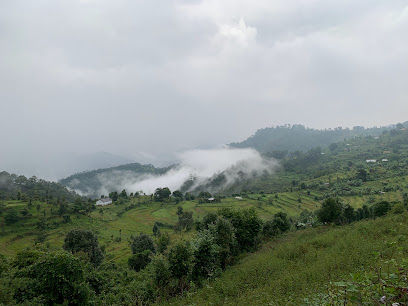
New Himalayan Restaurant
Discover authentic Indian flavors at New Himalayan Restaurant in Kurchoun - a delightful culinary escape amidst stunning Uttarakhand landscapes.

Himalayan Cafe & Family Restaurant
Discover delightful family dining at Himalayan Cafe & Family Restaurant amidst the scenic beauty of Uttarakhand's Himalayas.
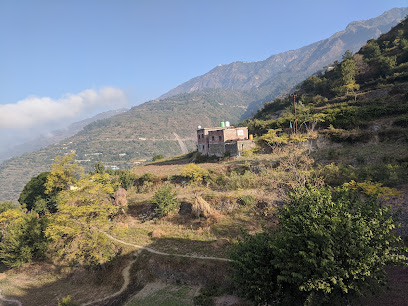
The Himalayan Resturant
Experience fast food like never before at The Himalayan Restaurant in Uttarakhand, where local flavors meet stunning mountain views.
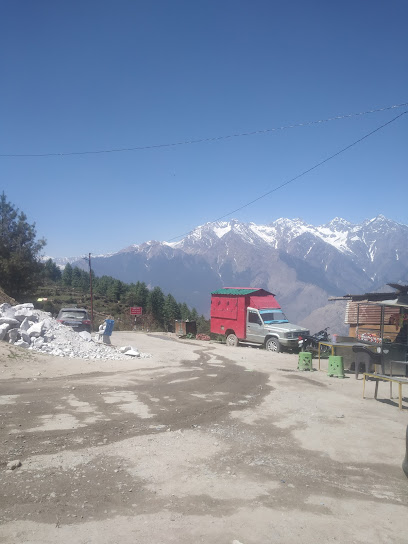
Destination Himalaya
Savor authentic Himalayan breakfasts amidst breathtaking landscapes at Destination Himalaya in Uttarakhand.

Markets, malls and hidden boutiques
Munsyari market
Discover the vibrant Munsyari Market, a treasure trove of local crafts, fresh produce, and delicious regional cuisine in the heart of Uttarakhand.
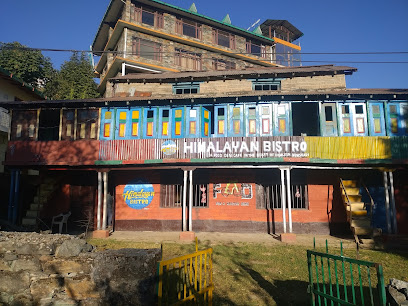
HimalayanKraft
Explore HimalayanKraft in Kullu for exquisite handcrafted clothing and accessories that showcase the rich cultural heritage of Himachal Pradesh.
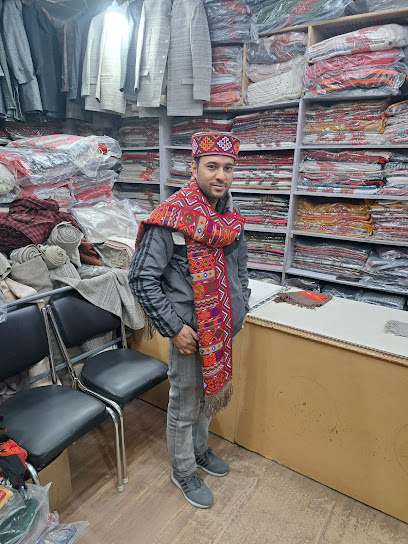
Travel Shop Himalaya, INDIA
Discover Himachal Pradesh's breathtaking landscapes and rich culture with Travel Shop Himalaya, your trusted tour operator in India.
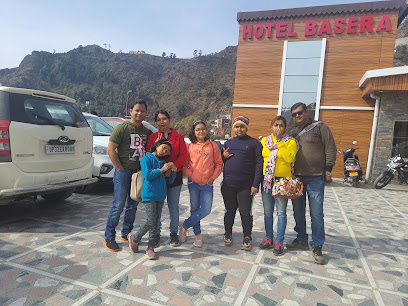
Himalayan Organic Coffee
Experience the rich flavors of organic coffee amidst the stunning landscapes of Nepal at Himalayan Organic Coffee, a perfect pit stop for all travelers.
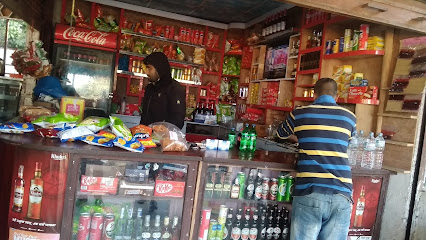
Himalaya Gears, Darjeeling
Explore the great outdoors with Himalaya Gears, your go-to shop for adventure sports equipment in the heart of Darjeeling.
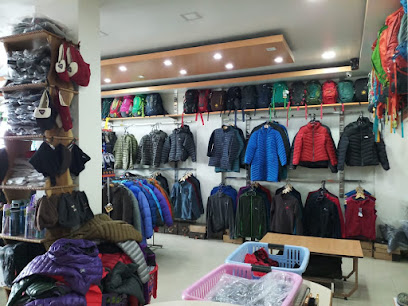
Munsiyari house Organic Pahadi Store Adventure Activities मुनस्यारी हाउस ऑर्गेनिक पहाड़ी स्टोर एडवेंचर एक्टिविटी
Explore local treasures and adventure activities at Munsiyari House Organic Pahadi Store, a gem nestled in Uttarakhand's breathtaking landscapes.

THE SHILP STORE ALMORA
Explore The Shilp Store Almora for unique handcrafted gifts and local art, capturing the essence of Uttarakhand's rich cultural heritage.

Indian Himalayan Excursions
Discover the thrill of adventure sports and breathtaking landscapes at Indian Himalayan Excursions in Old Manali, Himachal Pradesh.
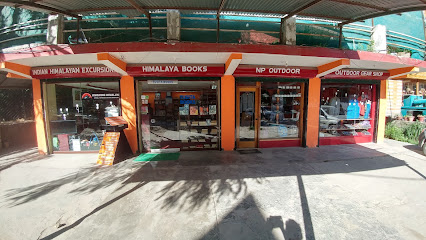
Loom Himalaya
Explore Loom Himalaya, your ultimate destination for authentic clothing and accessories, reflecting the rich textile heritage of Himachal Pradesh.
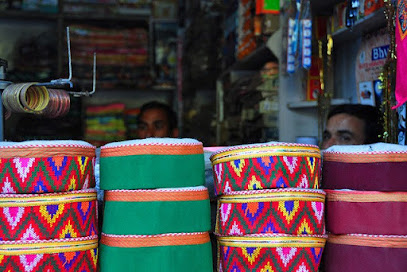
Himalayan lukud
Explore Himalayan Lukud for authentic clothing and unique souvenirs, capturing the essence of Uttarakhand's rich cultural heritage.

Lava bazar
Discover unique handcrafted gifts at Lava Bazar, where local artistry meets warm hospitality in the enchanting hills of West Bengal.
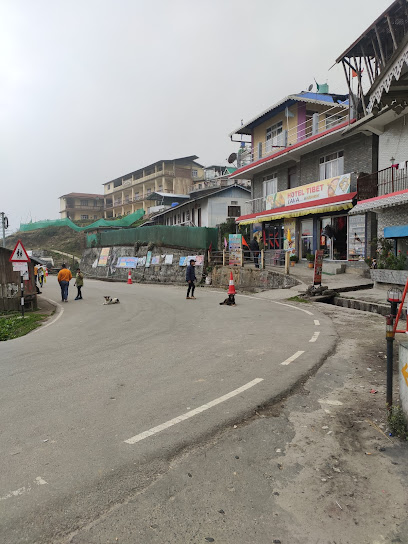
Finest Himalaya
Explore the Best of Local Craftsmanship at Finest Himalaya - Your Ultimate Souvenir Destination in Uttarakhand.
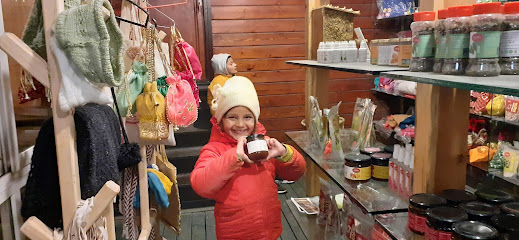
Himalvin
Explore the breathtaking landscapes of Uttarakhand with Himalvin, your trusted travel agency for adventure sports, trekking, and outdoor activities.
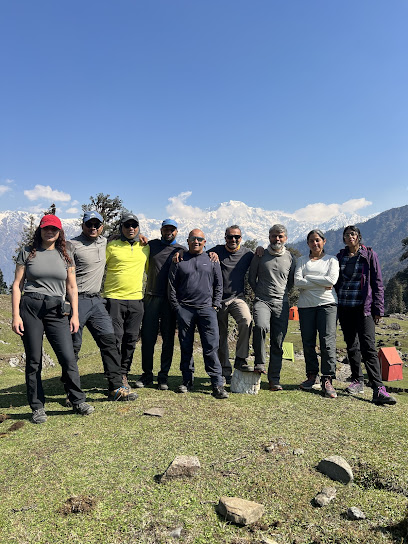
Classic Himalaya
Discover unique and authentic Himalayan fashion at Classic Himalaya, where tradition meets contemporary style in the heart of Gangtok.

Hyund Himalayan handicraft kasol
Discover authentic Himalayan craftsmanship at Hyund Himalayan Handicraft in Kasol, a treasure trove of unique artisanal goods.

Essential bars & hidden hideouts
Wildflower Hall, An Oberoi Resort, Shimla
Experience luxury and nature intertwined at Wildflower Hall, An Oberoi Resort in Shimla, where breathtaking views and exquisite service await.
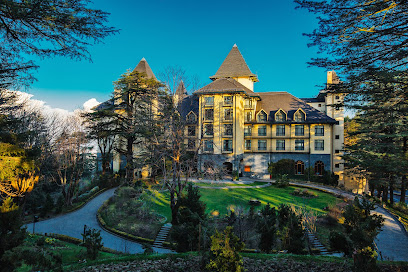
Cafe 1947
Experience the flavors of Italy at Cafe 1947, a vibrant restaurant in Manali offering exquisite cuisine, live music, and stunning mountain views.
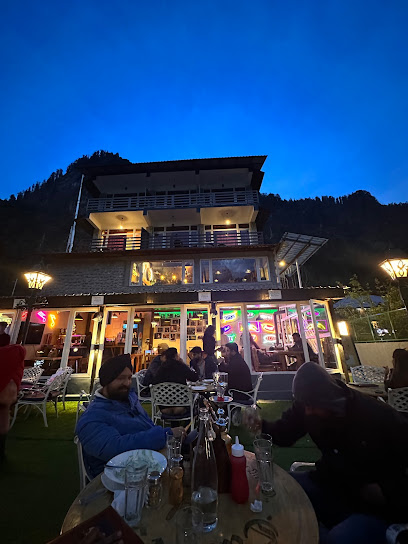
Farzi Café | Awarded - Best Rooftop Kitchen & Bar
Experience the pinnacle of modern Indian cuisine at Farzi Café, offering stunning views and innovative dishes in Dehradun.

Gangtok Groove
Explore the vibrant flavors of Asia at Gangtok Groove, a top dining destination in Gangtok featuring live music and a lively atmosphere.

Bungalow Bar & Kitchen
Experience the perfect blend of fine dining and vibrant nightlife at Bungalow Bar & Kitchen in Dehradun.

Krazy Gecko
Experience the vibrant flavors and relaxing ambiance of Krazy Gecko, a premier bar and restaurant near Fewa Lake in Pokhara, Nepal.
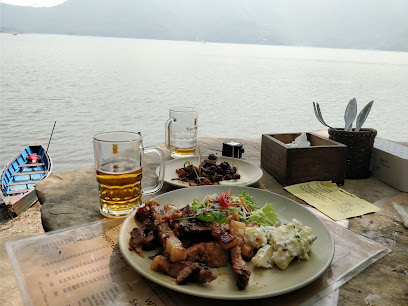
The Tavern Mussoorie
Discover the exquisite flavors of Western and Asian cuisine at The Tavern Mussoorie, where culinary excellence meets stunning hilltop views.
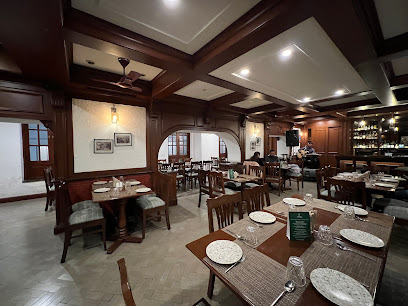
Cafe Live & Loud
Discover the magic of live music and delicious food at Cafe Live & Loud in Gangtok, Sikkim - an unforgettable experience awaits.

Cafe on the Rocks
Discover the enchanting Cafe on the Rocks in Uttarakhand, where culinary delights meet breathtaking views and a relaxing atmosphere.
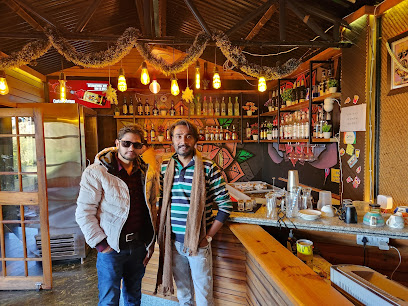
Hangout - Rooftop Bar and Lounge
Experience breathtaking views and lively atmosphere at Hangout Rooftop Bar and Lounge in Kasauli, Himachal Pradesh - the perfect spot for relaxation and enjoyment.
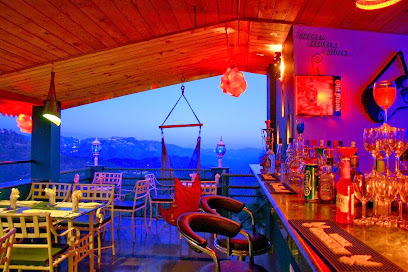
The White Mountaina
Discover tranquility and luxury at The White Mountain in Mukteshwar, where stunning views and exceptional dining create an unforgettable experience.
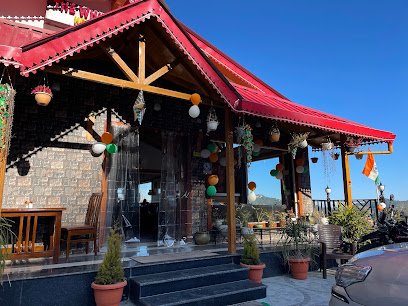
Captain's Bar and Restaurant
Experience the perfect blend of local and international cuisine at Captain's Bar and Restaurant, surrounded by the stunning landscapes of Himachal Pradesh.
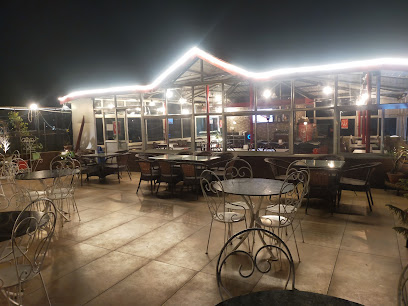
Lord Krishna Himalayan Hotel & Restaurant
Discover tranquility and culinary delights at Lord Krishna Himalayan Hotel & Restaurant, your perfect retreat in Mukteshwar, Uttarakhand.
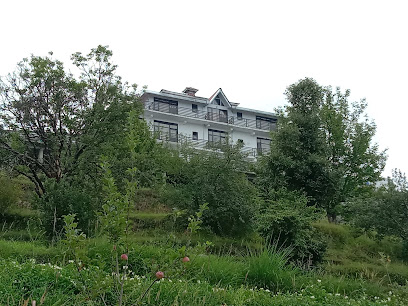
Shimla Brewing Company- Best Microbrewery & Nightclub in Shimla
Discover the best of Shimla at Shimla Brewing Company, where craft beers, delicious food, and vibrant nightlife meet in a cozy atmosphere.

Rendez-Vous Bar & Restaurant
Experience the essence of Old Manali at Rendez-Vous Bar & Restaurant, where delicious grilled dishes and stunning mountain views come together.
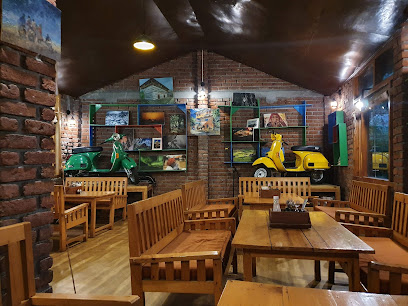
Local Phrases about Himalayan Mountains
-
- Helloनमस्ते
[namaste] - Goodbyeअलविदा
[alvida] - Yesहाँ
[haan] - Noनहीं
[nahi] - Please/You're welcomeकृपया
[krupaya] - Thank youधन्यवाद
[dhanyavaad] - Excuse me/Sorryमाफ़ कीजिये
[maaf kijiye] - How are you?आप कैसे हैं?
[aap kaise hain?] - Fine. And you?ठीक हूँ। और आप?
[theek hoon. aur aap?] - Do you speak English?क्या आप अंग्रेज़ी बोलते हैं?
[kya aap angrezi bolte hain?] - I don't understandमैं समझता/समझती नहीं
[main samajhta/samajhti nahi]
- Helloनमस्ते
-
- I'd like to see the menu, pleaseकृपया मेनू दिखाएं
[krupaya menu dikhaye] - I don't eat meatमैं मांस नहीं खाता/खाती
[main maans nahi khata/khati] - Cheers!चियर्स!
[cheers!] - I would like to pay, pleaseकृपया मैं भुगतान करना चाहूँ
[krupaya main bhugtan karna chahoon]
- I'd like to see the menu, pleaseकृपया मेनू दिखाएं
-
- Help!मदद!
[madad!] - Go away!दूर हो जाओ!
[door ho jao!] - Call the Police!पुलिस को बुलाओ!
[police ko bulao!] - Call a doctor!डॉक्टर को बुलाओ!
[doctor ko bulao!] - I'm lostमैं खो गया/गई हूँ
[main kho gaya/gayi hoon] - I'm illमैं बीमार हूँ
[main bimaar hoon]
- Help!मदद!
-
- I'd like to buy...मैं खरीदना चाहूँ...
[main khareedna chahoon...] - I'm just lookingमैं बस देख रहा/रही हूँ
[main bas dekh raha/rahi hoon] - How much is it?यह कितने का है?
[yah kitne ka hai?] - That's too expensiveयह बहुत महंगा है
[yah bahut mahnga hai] - Can you lower the price?क्या आप कीमत कम कर सकते हैं?
[kya aap keemat kam kar sakte hain?]
- I'd like to buy...मैं खरीदना चाहूँ...
-
- What time is it?अभी कितने बजे हैं?
[abhi kitne baje hain?] - It's one o'clockएक बज रहा/रही है
[ek baj raha/rahi hai] - Half past (10)दस बजकर पंद्रह मिनट हैं
[das bajkar pandrah minut hain] - Morningसुबह
[subah] - Afternoonदोपहर
[dopahar] - Eveningशाम
[shaam] - Yesterdayकल
[kal] - Todayआज
[aaj] - Tomorrowकल
[kal] - 1एक
[ek] - 2दो
[do] - 3तीन
[teen] - 4चार
[chaar] - 5पाँच
[paanch] - 6छह
[chhah] - 7सात
[saat] - 8आठ
[aath] - 9नौ
[nau] - 10दस
[das]
- What time is it?अभी कितने बजे हैं?
-
- Where's a/the...?...कहाँ है?
[...kahan hai?] - What's the address?पता क्या है?
[pata kya hai?] - Can you show me (on the map)?क्या आप मुझे दिखा सकते हैं (नक्शे पर)?
[kya aap mujhe dikhha sakte hain (nakshay par)?] - When's the next (bus)?अगली (बस) कब है?
[agli (bus) kab hai?] - A ticket (to ....)एक टिकट (.... के लिए)
[ek ticket (.... ke liye)]
- Where's a/the...?...कहाँ है?
History of Himalayan Mountains
-
The Himalayan Mountains have been the cradle of ancient civilizations, with the earliest recorded history dating back to the Indus Valley Civilization. The region's fertile valleys and abundant water sources from the snow-fed rivers provided a perfect environment for the growth of human settlements. Archaeological evidence from sites like Rakhigarhi and Harappa suggests that the Himalayas played a crucial role in the development of early human societies in India.
-
The Himalayas are revered in Hindu mythology as the residence of gods and the source of holy rivers like the Ganges. Mount Kailash is considered the abode of Lord Shiva, while the sacred peaks of Nanda Devi and Kedarnath are significant pilgrimage sites. Buddhist traditions also hold the Himalayas in high regard, with many monasteries such as Tawang Monastery in Arunachal Pradesh and Hemis Monastery in Ladakh providing spiritual solace to countless devotees.
-
During the 19th century, the Himalayas became a focal point of British colonial interests as well as Russian expansionist ambitions, a period often referred to as 'The Great Game.' Explorers, surveyors, and spies from both empires traversed the region to establish control and influence. The British also conducted extensive mapping and surveying expeditions, most notably the Great Trigonometric Survey, which measured the world's highest peaks, including Mount Everest.
-
The partition of India in 1947 brought significant geopolitical changes to the Himalayan region. The creation of the new international borders led to disputes, particularly along the Sino-Indian frontier. Tensions culminated in the Sino-Indian War of 1962, which saw fierce battles in places like Arunachal Pradesh and Aksai Chin. The conflict left lasting impacts on the region's political landscape and continues to influence Indo-China relations.
-
The Himalayas are home to a rich tapestry of cultures and ethnic groups, including the Ladakhis, Tibetans, Gaddis, and Sherpas. Each community has its own distinct traditions, languages, and festivals that add to the region's cultural mosaic. The annual Hemis Festival in Ladakh, the Baisakhi Festival in Himachal Pradesh, and the Losar Festival celebrated by Tibetan Buddhists are just a few examples of the vibrant cultural life that thrives in the mountains.
-
The Himalayas are one of the world's most biodiverse regions, home to unique flora and fauna, including endangered species like the snow leopard and the red panda. The varied ecosystems range from subtropical forests to alpine meadows. Conservation efforts, such as the establishment of national parks and wildlife sanctuaries like the Nanda Devi Biosphere Reserve and the Great Himalayan National Park, aim to protect this natural heritage amid threats from climate change and human activities.
Himalayan Mountains Essentials
-
The Himalayan Mountains in India are accessible via multiple entry points. The main gateways are Delhi and Kolkata, which are well-connected by international flights. From these cities, you can take domestic flights, trains, or buses to reach destinations like Shimla, Manali, Leh, and Gangtok. The nearest major airports are Indira Gandhi International Airport (DEL) in Delhi and Netaji Subhas Chandra Bose International Airport (CCU) in Kolkata. For those preferring trains, major railheads include Kalka, Pathankot, and New Jalpaiguri.
-
Once in the Himalayas, local transportation options include taxis, buses, and shared jeeps. In more remote areas, private cars or motorcycles can be rented. For adventure enthusiasts, biking and trekking are popular ways to explore the terrain. Public buses are the most economical option, but they can be crowded and slow. Shared jeeps offer a balance of cost and convenience, especially in areas like Ladakh and Sikkim.
-
The official currency in India is the Indian Rupee (INR). Credit and debit cards are widely accepted in urban areas and tourist hotspots but may not be usable in remote regions. It is advisable to carry cash, especially in smaller denominations, for use in rural areas and for small purchases. ATMs are available in major towns, but their reliability can vary, so withdrawing sufficient cash in advance is recommended.
-
The Himalayan region is generally safe for tourists, but it is important to stay vigilant. Areas like Leh, Manali, and Shimla are well-policed and have low crime rates. However, tourists should avoid isolated areas after dark and be cautious in crowded places to prevent pickpocketing. Be aware of local advisories regarding landslides and weather conditions, especially during the monsoon season. Always inform someone of your travel plans if you are trekking or traveling to remote areas.
-
In case of emergencies, dial 112 for police, medical, and fire services. Major towns have hospitals and clinics, but medical facilities in remote areas can be limited. It is advisable to carry a basic first-aid kit and any necessary medications. Travel insurance that covers medical emergencies and evacuation is highly recommended. For trekking and adventure activities, ensure you have a reliable communication device and know the locations of the nearest help centers.
-
Fashion: Do dress in layers, as temperatures can vary significantly. Avoid wearing revealing clothing, especially in rural and religious areas. Religion: Do respect local customs and traditions. Remove your shoes before entering temples and monasteries. Public Transport: Do be polite and offer your seat to elderly passengers. Don’t eat or drink on public transport. Greetings: Do greet people with a 'Namaste' or a handshake. Avoid hugging or touching people you’ve just met. Eating & Drinking: Do try local cuisine and accept food offerings graciously. Don’t refuse hospitality, as it is considered impolite.
-
To experience the Himalayas like a local, visit the local bazaars and markets where you can find unique handicrafts, woolen garments, and fresh produce. Engage with the locals; they are often friendly and willing to share their culture and stories. Participate in local festivals and events to get a deeper understanding of the region's traditions. For a unique experience, stay in homestays or guesthouses instead of hotels, and try traditional activities like yak rides, archery, or participating in a tea plantation tour.













